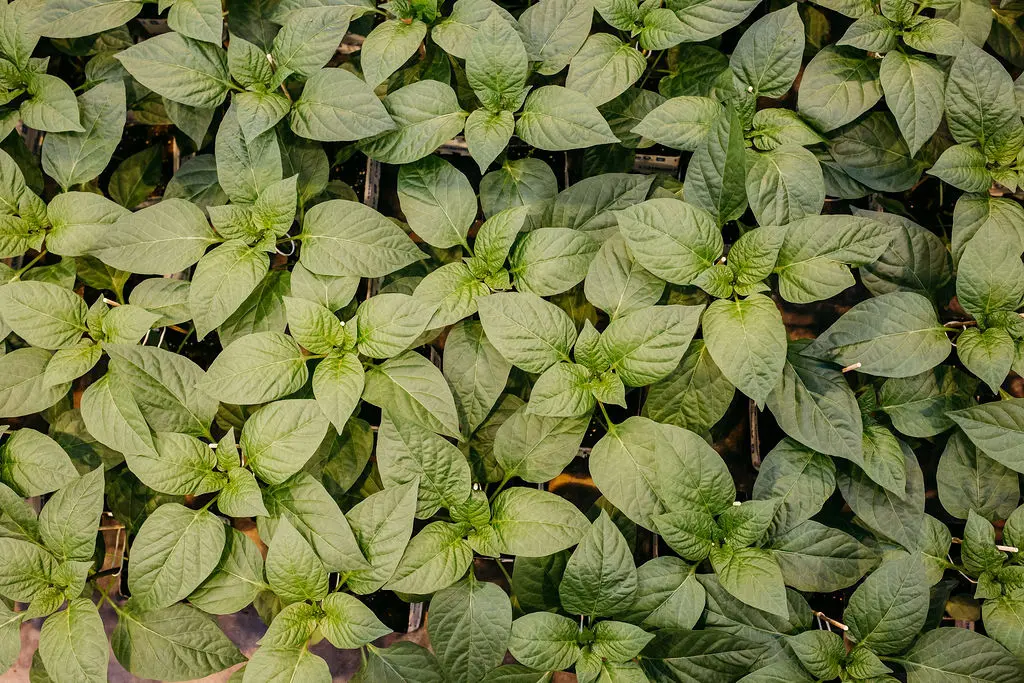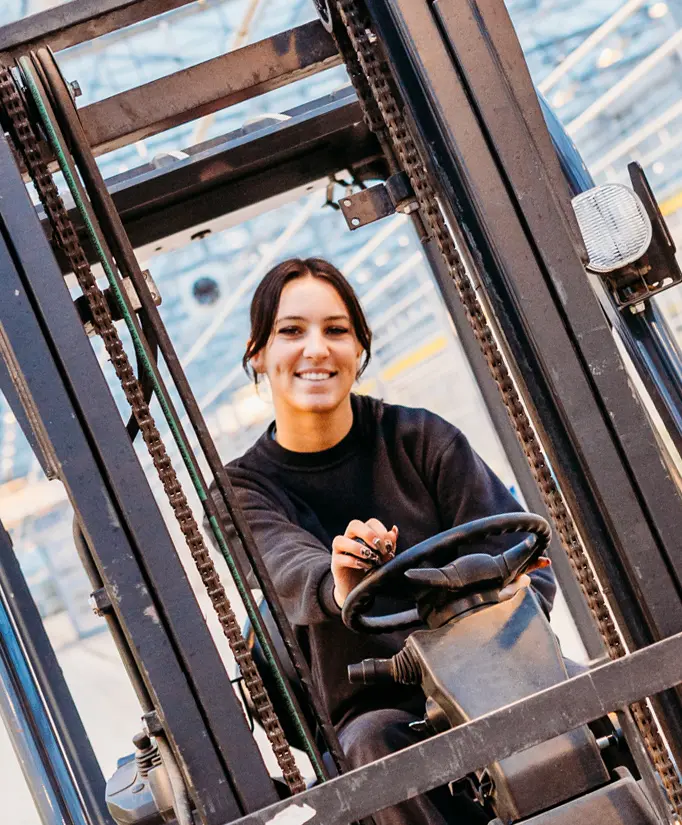News
The Made cultivation location shines with hybrid lighting
After a successful implementation of hybrid lighting, a combination of LED and HPS, at our cultivation location in ‘s-Gravenzande, it is now Made’s turn. Why was this form of lighting chosen here? And what is so interesting about this? Now that an intensive testing period has come to an end, Wim in ‘t Groen and Tjebbe van den Berg, cultivation specialists in Made, explain. A tip of the veil; the choice has everything to do with sustainability and quality!
And then I think of Brabant, because LED lighting is used there…
With sustainability as the main starting point, we work on the mission to make the world a little greener every day, while ensuring optimal quality of our plants. “At the cultivation location in Made, we have chosen – just like in ‘s-Gravenzande – to use hybrid lighting. With hybrid lighting you have the controllability of LED lamps and the warmth of traditional lighting. This combination is the most suitable for our situation at the moment,” says Wim.
Hybrid lighting: the magical mix that makes the difference!
“In collaboration with the developer and supplier, Red Horticulture, and the installer, Boekestijn Elektrotechniek, we implemented the hybrid lighting on 1.5 hectares of cultivation area in Made. We are currently investigating the most efficient light color for each plant type. That is precisely why the flexibility of controllable light is of great value to us,” Tjebbe continues.
“Every tomato, pepper and cucumber has its own light requirement. With controllable LED light we can meet those special wishes so that our crops can grow at their best. Based on our experience with both HPS and LED lighting, we are now working to perfect the proportions for each crop.”
But what makes this combination so magical? “On warmer days of the year you do not bring extra heat into the company by using LED. The disadvantage is that you miss warmth on cold days. However, that is precisely why a hybrid solution was chosen,” says Tjebbe. “An additional advantage of hybrid lighting is energy savings. With the same amount of energy we can provide more light to the plants. This results in a more efficient use of energy, while at the same time creating an optimal growth environment. All in all, hybrid lighting offers a balanced mix of heat regulation, energy savings and an optimal environment for the growth of our crops,” concludes Wim.


